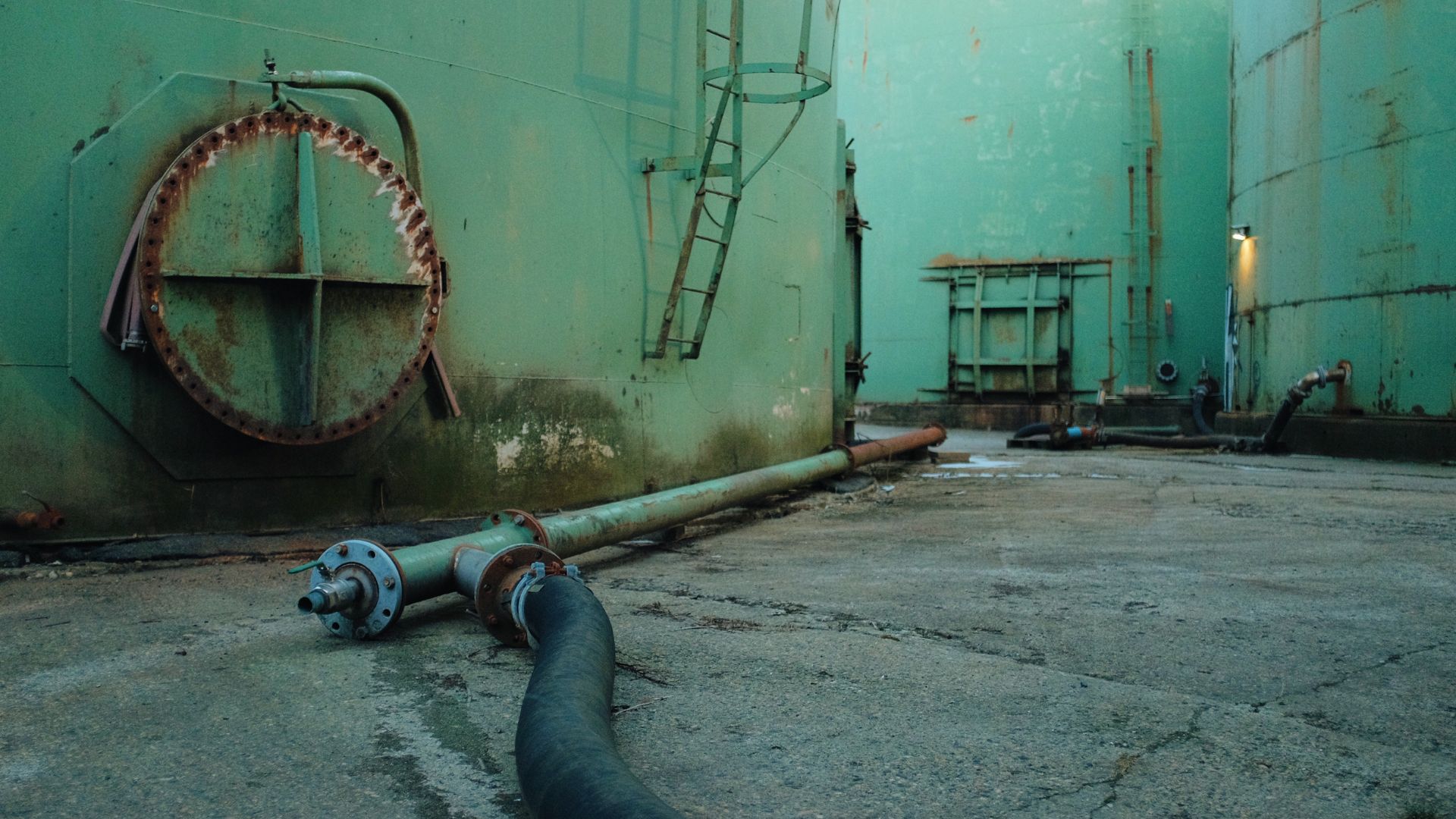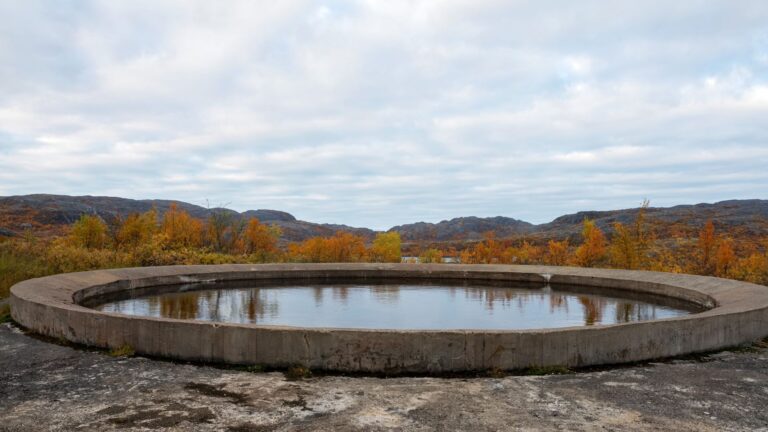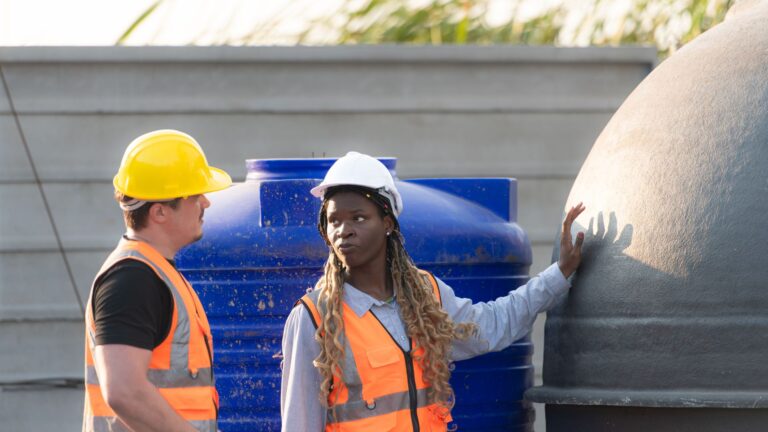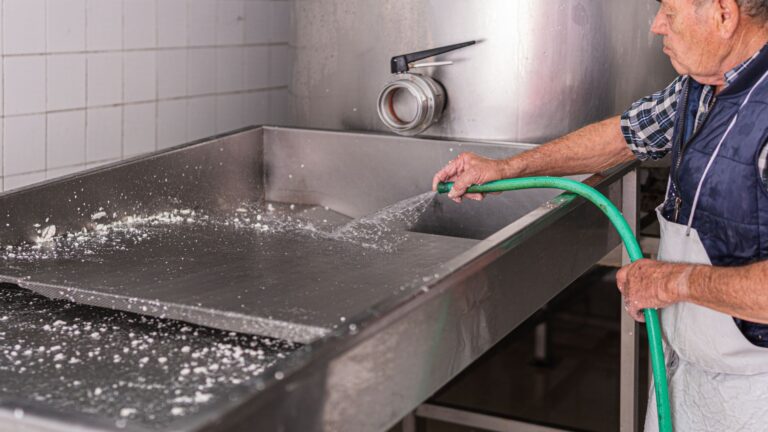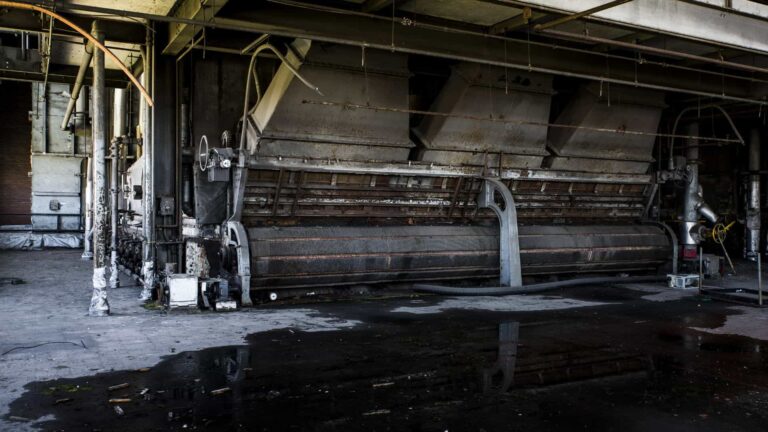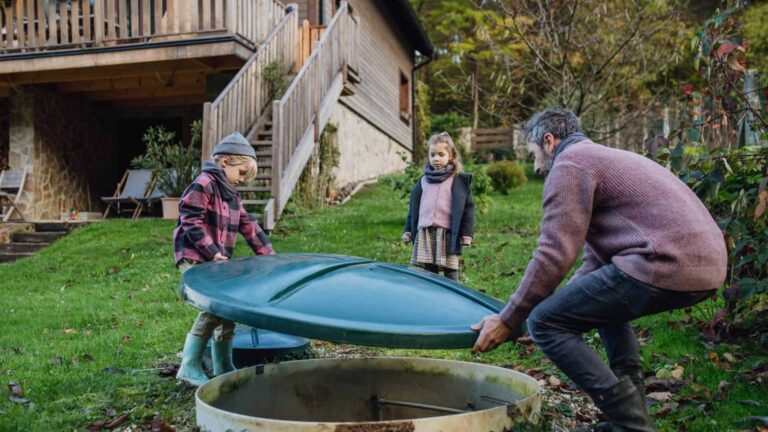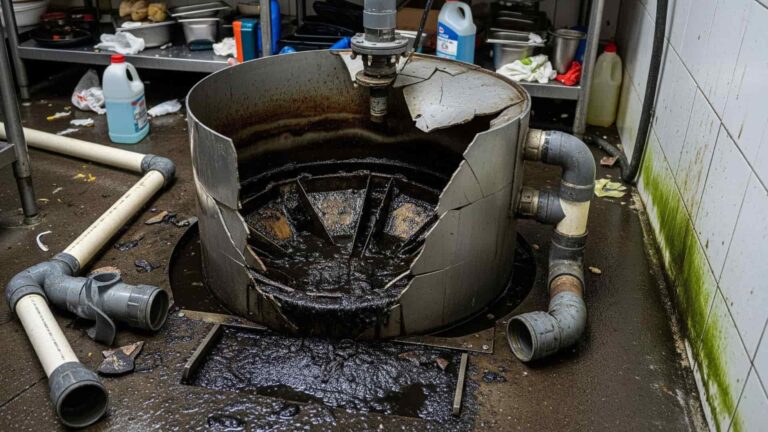Oily water waste management represents one of the most critical environmental challenges facing Australian industries today.
This is because responsible oily water disposal ensures that water treatment plants run effectively and that unnecessary oil spills do not occur. Both of these are essential when it comes to environmental protection.
Famously oil and water mixtures do not go together. Aquatic life is harmed by oily water and wastewater. Additionally, humans do not fare well when waste water is left unattended.
The reasons for why oily water disposal and management is important is fairly self-evident given that we do not want harmful substances in our aquatic ecosystems and drinking water.
However, most people do not know what oily water waste management is. This blog explores it and explains how it is best done.
Understanding Oily Water
Oily water contamination occurs when petroleum products, lubricants, or other hydrocarbon-based substances mix with water during industrial processes.
This negatively effects protocols waste wastewater treatment and can lead to various types of contamination.
This contamination is particularly prevalent in sectors such as automotive servicing, manufacturing, food processing, and marine operations. The resulting mixture creates complex waste streams that cannot be disposed of through standard drainage systems without causing significant environmental harm.
The composition of oily water varies considerably depending on its source. Industrial facilities may produce oily water containing heavy metals, chemicals, and suspended solids alongside hydrocarbon contaminants.
Even small oil droplets are a risk.
Oil Water Separators
Oil water separators serve as the primary technology for treating contaminated water streams in Australian industries. When done right, these systems follow much of the guidelines laid out by the Australian Environmental protection agency.
Modern Oily Water Separators
Modern separator designs incorporate advanced materials and engineering principles to maximise separation efficiency whilst minimising maintenance requirements.
The selection of appropriate oil water separator technology depends on several factors including contamination levels, flow rates, and specific industry requirements.
Gravity Oily Water and Fuel Oil Separators
Gravity separators work effectively for free-floating oils, whilst coalescing plate separators excel at removing emulsified oils. For highly contaminated streams, dissolved air flotation systems provide superior performance by introducing fine air bubbles that attach to oil particles, facilitating their removal.
Oil Management
A thorough oil management plan looks after every stage of a petroleum product’s life inside an industrial site. It covers correct storage, careful transfer, usage tracking, and waste-cutting measures designed to stop oil leaking into nearby water.
Effective oil management sits within the wider environmental programme so that every part of the facility operates to the same high standard.
Careful design of storage areas is vital for keeping oil away from waterways. Current Australian guidelines insist on secondary bunding around tanks, routine wall and lid checks, and drainage lines that route any spill to an on-site recovery point rather than to a creek or ocean.
Because technology never sleeps, many modern sites install leak sensors, pressure monitors, and data loggers that spot a problem in minutes or even seconds rather than after a costly clean-up.
Regular maintenance is the backbone of any oil-management strategy. Consistent servicing of pumps and valves, quick repair of even small leaks, plus correct lubrication through the right grease or oil at the right time, together reduce contamination risk and help machinery run longer.
Waste Management
Integrated waste management treats oily water alongside other facility wastes so that no stream is overlooked. This big-picture view spots chances to cut waste, recover useful materials, and trim costs across different waste types.
More Australian companies are placing circular-economy ideas at the centre of their operations, turning waste into a resource and easing the strain on natural systems.
No improvement can succeed without meeting the rules, and in Australia the first rule on waste is to keep accurate records, file reports on time, and hit the benchmarks set by law.
Bringing technology into the loop makes the whole programme smarter, from sensors that track volumes and contaminants, to alerts that signal a pump is wearing out, to software that schedules the best moment to waste a tank.
Modern control rooms show operators a clear dashboard of every system and alert them the instant performance slips, so they can act before a small issue blooms into an expensive fault.
Waste Oil
Managing waste oil is a key part of any plan for cleaning up oily water. Used motor oils, hydraulic fluids, and similar petroleum products must be carefully collected, stored, and disposed of so they do not taint nearby streams or soil.
Good news is that many of these spent oils can be turned back into high-quality base oil through re-refining. Such processes save money by cutting disposal fees and help to protect the planet by conserving crude resources.
Across Australia, numerous workshops, garages, and industrial plants take part in waste-oil-collection schemes that channel the material to local recyclers instead of landfill or drains.
Treated Water
The quality required for treated water changes based on where it ends up and what the law says. State and territory authorities in Australia set tough performance targets for any effluent heading to sewers, rivers, or fields after treatment.
To hit these goals, sites must run full-scale treatment trains, keep up routine tests, and keep all records clear enough that inspectors can double-check compliance.
At the same time, thinking downstream gives companies a way to cut their demand for fresh supplies. Many Australian firms now run closed-loop setups that reuse cleaned water for jobs such as washing machinery, dampening dust, or topping up cooling towers.
By doing this, they trim both the bill for buying new water and the cost of disposing treated effluent, all while meeting broader sustainability aims.
Quality-assurance programmes help water utilities deliver consistent, high-quality drinking water by using routine tests, constant monitoring, and planned maintenance.
The typical programme pairs automated sensors, lab test schedules, and clear protocols that show how operators must respond when performance strays from targets. To work well, each programme must have skilled staff, reliable tools, and a thorough record-keeping system that tracks every test and adjustment
Conclusion
Managing oily-water waste is a key environmental duty for Australian companies in sectors such as mining, shipping, and manufacturing. Firms achieve lasting results only when they understand where oil enters the waste stream, select the appropriate treatment technology, and comply with all relevant laws.
By combining good workplace practices that limit spillage, efficient on-site treatment, and lawful off-site disposal, businesses cut pollution and keep production running smoothly.
Looking ahead, continuing innovation, changing rules, and growing pressure for sustainability will shape the oily-water management landscape in Australia.

